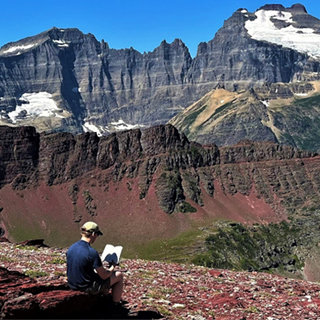Sampling of Courses
Literature
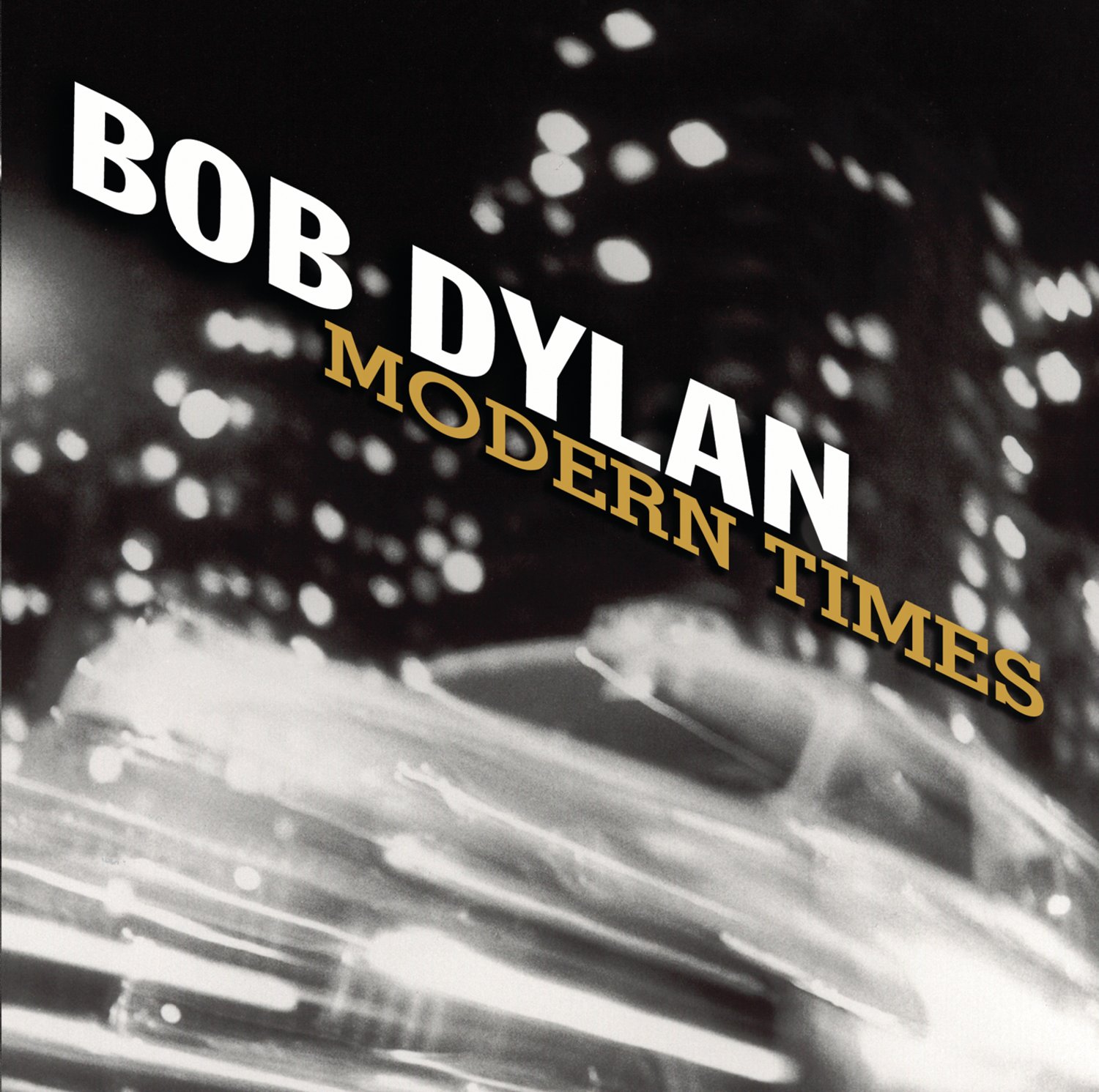
Prof. Brady Harrison
A course in American literary and cultural history and the history of American popular music, explores the music, writings, and history of Bob Dylan, a winner of the Nobel Prize in Literature. Taking the 1960s as the primary focus of the course—with a look at and listen to some of his later work—we will situate Dylan’s songs in their historical, cultural, and especially musical contexts. We’ll explore his roots in folk music and the blues and trace his evolution into a rock and country musician and, eventually, into a master of the broad palette of American music. Along the way, and as part of our efforts to situate Dylan in his times, we will also have the opportunity to read works by the Beats (particularly Ginsberg) and to study some of the history and literature of the American War in Vietnam. (Fair Warning: The material on the American War in Vietnam contains images of catastrophic violence and death.)
Required Texts:
Audio: Selected Tracks by Bob Dylan & Others
Print:
- Dylan, Bob. Chronicles Volume One. (Simon & Schuster.)
- Ginsberg, Allen. Howl & Other Poems. (City Lights.)
- Supplementary readings will also be assigned.
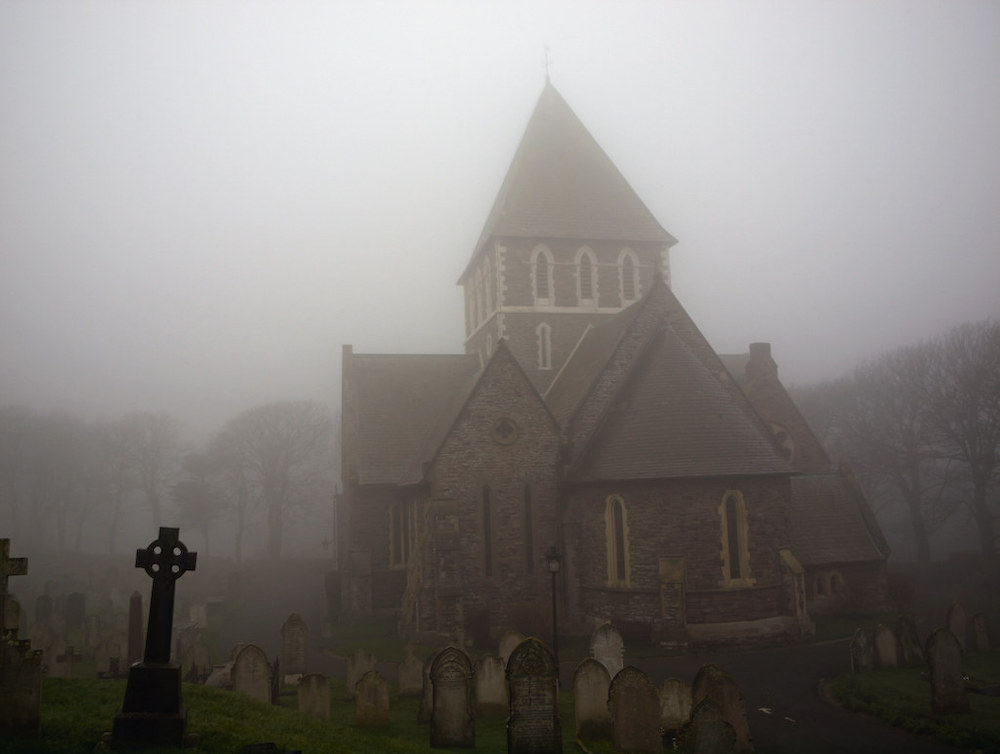
Prof. Eric Reimer
This course will explore the rich and abiding tradition of the Irish ghost story. Ireland’s magical (and magically imbued) landscape – with its many ring forts, isolated hermitages, sacred caves, Neolithic portal tombs, and supposed meeting places of the faeries – seem to ensure that the supernatural and the spiritual remain part of daily existence for the Irish. We will consider how the currents of Irish folklore, the echoes and continuing resonance of its pre-Christian past, and, in particular, the appearance of ghosts (understood broadly) reveal something about the way the Irish view the world. The important part of our inquiry will be to uncover the cultural, psychological, and the socio-political implications of the presence of the supernatural, the unknown, the uncanny, and we will likely spend much time considering the spectral hauntings of Ireland as it responds to its various historical traumas (English occupation, the Great Famine, the War of Independence, the Northern Irish Troubles, etc.). Course texts may include Wilde’s The Picture of Dorian Gray, Stoker’s Dracula, Joyce’s “The Dead,” Friel’s Dancing at Lughnasa, Trevor’s Fools of Fortune, McPherson’s The Weir, O’Connor’s Star of the Sea, Deane’s Reading in the Dark, Neville’s Ghosts of Belfast, poetry by Heaney, Boland, and others, and assorted folk tales, as well as a full-length film and various visual art.
Prof. Brady Harrison
A course in American literary history, close literary analysis, and college writing, examines, in their historical, cultural, and especially literary contexts, a limited number of extraordinary novels set in the American West. We’ll explore literary movements such as realism, modernism, postmodernism, and whatever -ism we’re in now, and explore how our writers revise, challenge, subvert, or otherwise engage the literary traditions, histories, and weltanschauungen of the American West. (Fair Warning: these works depict events of catastrophic violence. Also be advised: this course requires constant, steady reading.)
Please note that this course fulfills both the requirements for Group V: Literary and Artistic Studies (L) and the requirements for Group I: Writing (W; Advanced College Writing).
Required Texts (Subject to Revision)
- Erdrich, Louise. The Round House.
- Powers, Richard. The Overstory.
- McCarthy, Cormac. Blood Meridian.
- McNickle, D’Arcy. The Surrounded.
- North, Anna. Outlawed.
- Savage, Thomas. The Power of the Dog.
- Yamashita, Karen Tei. Tropic of Orange.
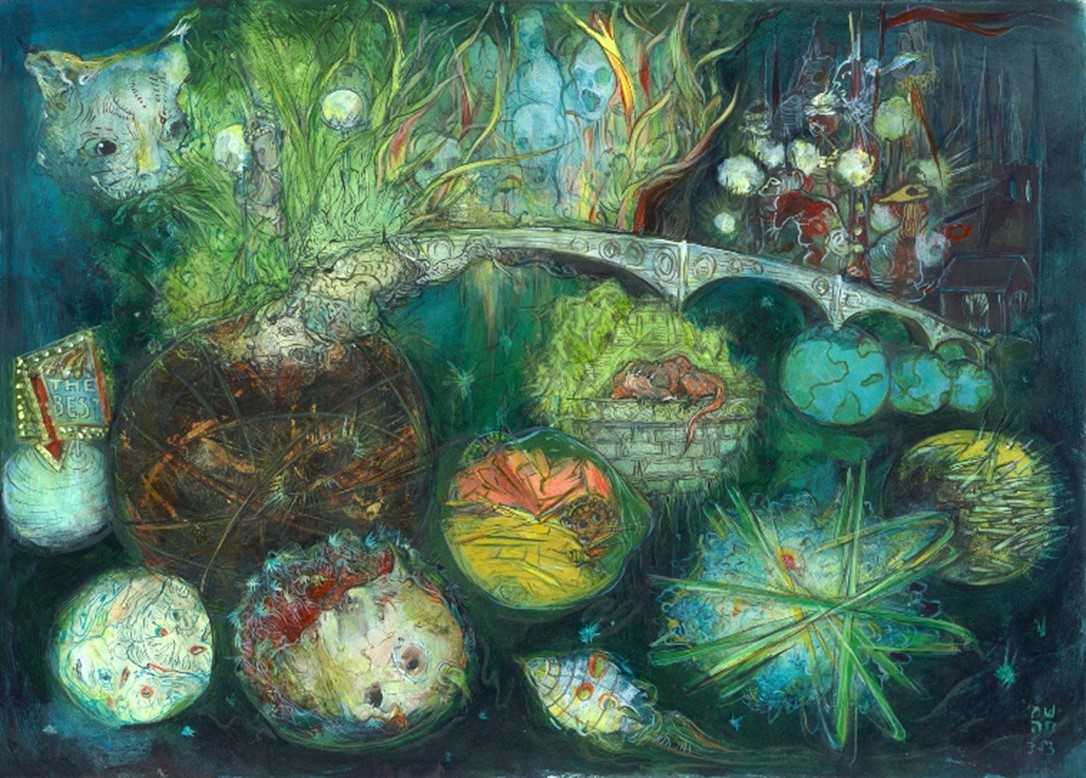
“Who misses what they have never, ever even imagined?”
--N. K. Jemisin, The Fifth Season
Prof. Rob Browning
This class focuses on created worlds, primarily in the genres of fantasy and science fiction. We will begin by surveying the early modern history of created worlds following Sidereus Nuncius (“The Starry Messenger”) (1610), in which Galileo promotes the idea that the Moon is a world not radically unlike Earth, thereby initiating a flurry of lunar fiction that imagines our satellite as such. After considering two significant late-17th-century examples of the practice, we’ll study several ground-breaking works of modern world building, from H.P. Lovecraft’s Cthulhu mythos to N.K. Jemisin’s Broken Earth Trilogy. Of each text we’ll ask the same set of questions: what elements make the created world distinctive, interesting, and meaningful? How does the fictional world connect or relate to others in literary history? What motivated the author to bring their world into being? And finally, what might this imaginative construction have to do with the world in which we live?
This course serves as a foundation for Prof. Erin Saldin's world-building creative writing workshop (CRWR 410).
Texts:
- Galileo, The Starry Messenger (1610)
- Francis Godwin, The Man in the Moone (1638)
- John Milton, Paradise Lost (1667)
- Margaret Cavendish, The Blazing World (1666)
- H. P. Lovecraft, At the Mountains of Madness (1936)
- J. R. R. Tolkien, The Silmarillion, ed. Christopher Tolkien (1977)
- J. R. R. Tolkien, The Fellowship of the Ring (1954)
- Ursula K. Le Guin, The Left Hand of Darkness (1969)
- Ted Chiang, “The Tower of Babylon” (1990)
- K. Jemisin, The Fifth Season (2015)
- Karen Russell, “The Gondoliers” (2019)
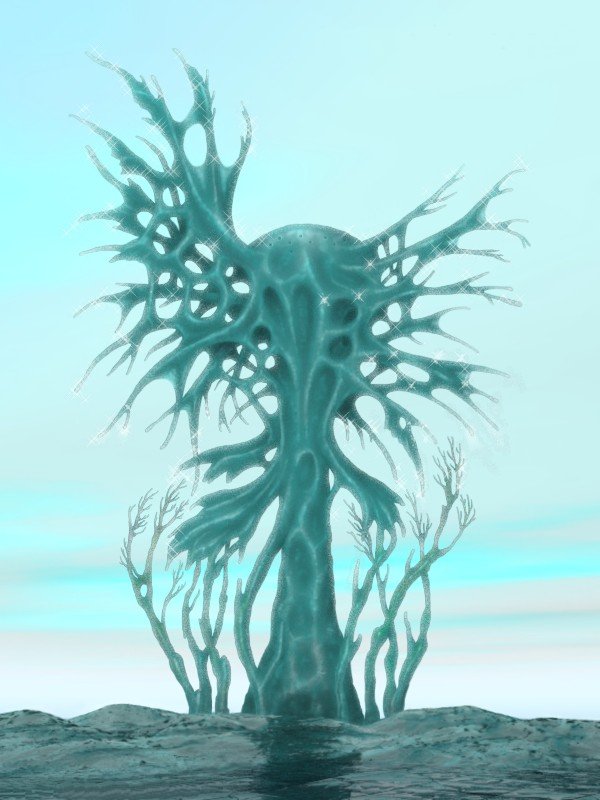
Prof. Rob Browning
This course focuses on science fiction about non-terrestrial worlds, the alien beings who populate these worlds, and the question of what such imaginative constructions might have to do with planet Earth and our lives as human beings. In fiction and film from the late 19th century to the present, we shall explore a variety of ways SF uses alien otherness to challenge us to think more critically about how we understand human nature and our racial, ethnic, sexual, linguistic, and economic identities under this umbrella. Along the way, we’ll reflect on the human need to imagine beyond what’s known and to disturb familiar categories, what Gregory Benford calls “effing the ineffable.”
Fiction: H.P. Lovecraft, “At the Mountains of Madness”; Olaf Stapledon, Star Maker; Stanislaw Lem, Solaris; Nnedi Okorafor, Lagoon; Liu Cixin, The Three-Body Problem; and shorter fiction by James Tiptree, Jr. (a.k.a., Alice Sheldon), Octavia E. Butler, Ted Chiang, and others.
Films: Invasion of the Body Snatchers (dir. Don Siegel); Alien (dir. Ridley Scott); District 9 (dir. Neill Blomkamp); Under the Skin (dir. Jonathan Glazer); Arrival (dir. Denis Villeneuve).
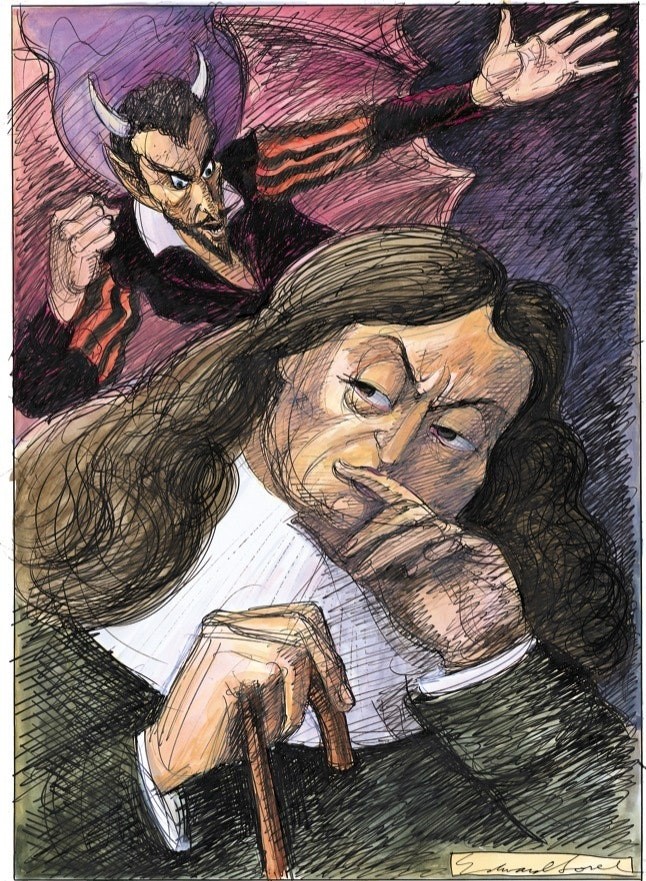
Prof. Rob Browning
In his landmark study A Secular Age (2007), philosopher Charles Taylor examines the modern shift in the West “from a society where belief in God is unchallenged and indeed, unproblematic, to one in which it is understood to be one option among others….” What does it mean to read John Milton’s epic Christian poem Paradise Lost in a secular age? In this course, we shall explore answers to this question in regards both to the spirited, often contentious 350-year reception history of the poem and to our own entanglements with the text as readers today. Among other matters, we will look closely into debates touched off by William Blake’s assertion that Milton was “a true Poet and of the Devil’s party without knowing it”; William Empson’s contention that while Milton’s Satan may be bad, his God is worse; various arguments about the status of text and author in a time when critics claimed “the Author is dead”; and evolving readings of the poem through the lens of modern science.
Texts: John Milton, Paradise Lost, ed. B. Lewalski (Wiley Blackwell); Milton’s Selected Poetry and Prose, ed. Rosenblatt (Norton Critical Editions); William Blake, The Marriage of Heaven and Hell (1790); Mary Shelley, Frankenstein (1818); Charles Taylor, A Secular Age (2007).
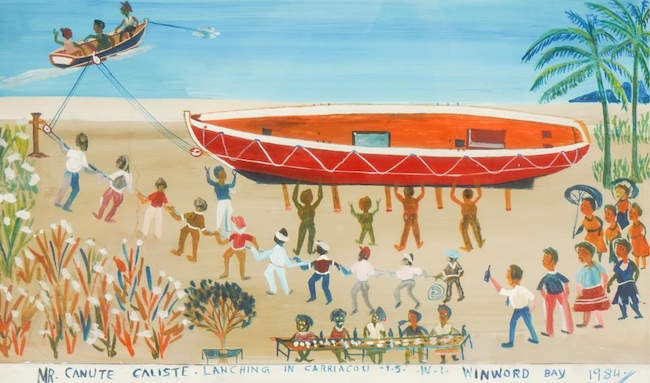
Prof. Eric Reimer
Recognizing that the convergence of Europeans and West Indians from 1492 onwards entails not merely an encounter of peoples but also an encounter of discourses, this will be a course in what we might call “new world poetics.” We’ll begin the course by reading a series of early modern and Renaissance texts—for example, Columbus’s journals and Shakespeare’s The Tempest—as a way of assessing European models of understanding the “New World,” and considering how future identity possibilities for West Indians are in some sense scripted. We’ll at this point be well positioned to move into various works of contemporary Caribbean poetry, fiction, and non-fiction, including Jean Rhys’s Wide Sargasso Sea, Derek Walcott’s Omeros, Samuel Selvon’s The Lonely Londoners, Michelle Cliff’s No Telephone to Heaven, Patrick Chamoiseau’s Solibo Magnificent, Jamaica Kincaid’s A Small Place, Edwidge Danticat’s The Farming of Bones, Paule Marshall’s Praisesong for the Widow. Examining these texts transhistorically as engagements with and responses to those early “scripts,” we’ll be considering responses to European imperialism from standpoints of different degrees of disengagement from it: indigenous, creole, cosmopolitan exile, etc. The various connotations of “beach reading” will circulate throughout the course; the phrase suggests, among other things, the tendency of early explorers to describe native identities and islands based on surfaces and coastlines, as well as the idea of the Caribbean today as a “brilliant vacuity,” a locale for sunshine, sensuality, and umbrella drinks.
Prof. Robert Baker
In this course we will study three gifted and widely read poets of our time: two poets who came of age in the 60s and 70s, C. D. Wright (1949 – 2016) and Anne Carson (born in 1950), and one poet who came of age in the 90s, Ross Gay (born in 1974). Wright and Gay are American writers. Carson is a Canadian writer who has had a large American readership and taught at several American universities. Wright’s work is earthy, erotic, collagist, and capacious: she is perhaps best known for her book-length poems that interweave a vernacular lyricism and a broad social scope. Carson’s work is melancholic, ironic, at times riddling, and (for all her debts to modernism) often narrative. Gay’s work is irreverent, exuberant, urban-ecological, and, while deeply attentive to the sorrows and bleaknesses of life, nearly psalmic. All three of these poets have been drawn to the long poem, or the book-length poem, which has something of the range of concerns and voices we find in the modern novel. All three, in different ways, are at once worldly and speculative. All three have a distinctive sense of humor. Each is formally restless and inventive. Each is occasionally drawn to prose or the boundaries between poetry and prose. Each helps us to see what it might mean to live a wakeful life. “Some of us do not read particularly for pleasure or instruction,” Wright says in Cooling Time, “but to be changed, healed, charged.”
There is not an overarching aesthetic or thematic frame for the course. We will be reading three poets who are very different from one another. Our primary concern will be to understand what is disclosed in their particular adventures. Along the way, though, we will try to trace connections among them, to address larger questions raised by their work, and to clarify the ways in which they engage the social and cultural force fields of our time.
Readings:
C. D. Wright
- Tremble
- Deepstep Come Shining
- One Big Self
- Cooling Time
- Rising, Falling, Hovering
- One With Others
Anne Carson
- Eros the Bittersweet
- Glass, Irony, and God
- Autobiography of Red
- The Beauty of the Husband
- Red Doc>
Ross Gay
- Bringing the Shovel Down
- Catalog of Unabashed Gratitude
- The Book of Delights
- Be Holding
- Inciting Joy
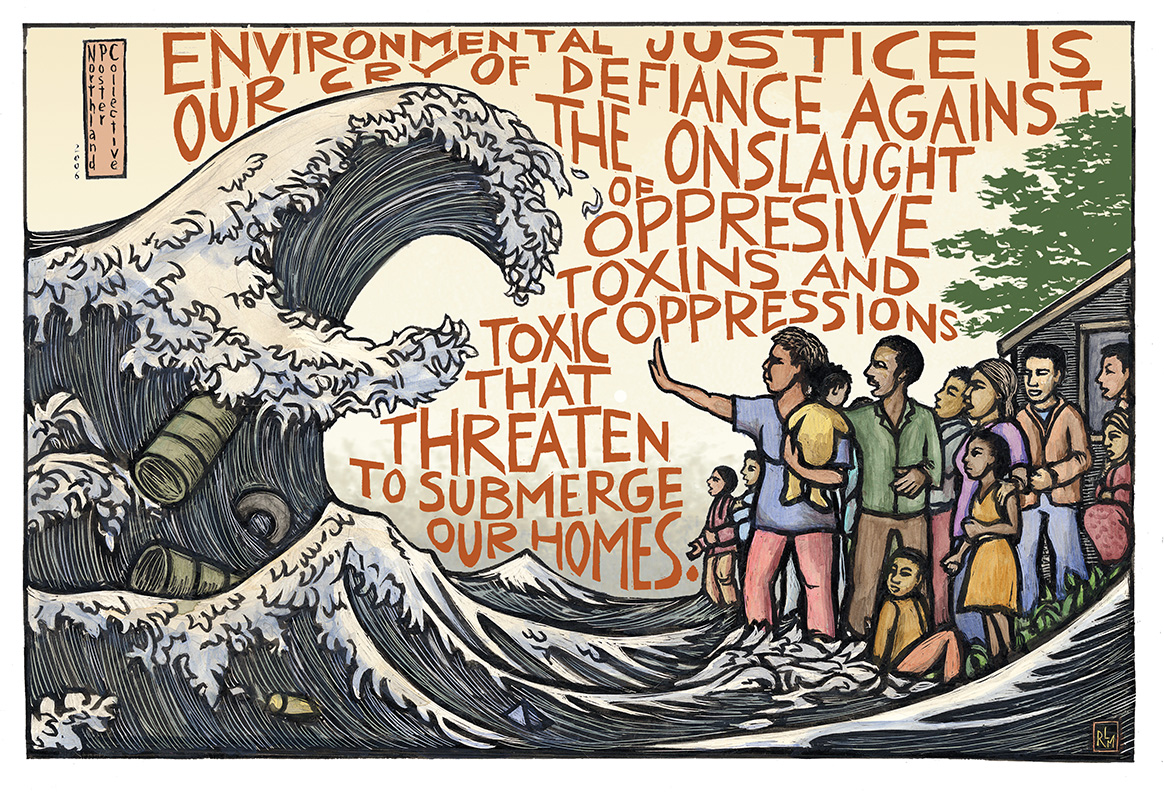
Prof. Louise Economides
Although as recently as 2016 critics such as Amitav Ghosh have attempted to explain why “serious” writers have been slow to engage with environmental challenges such as climate change, there has (in fact) been a dramatic increase in twenty-first century literature which addresses the interrelation between environmental and social justice. This course will address the recent explosion in critically acclaimed climate change fiction (cli-fi) and poetry, as well as literature that explores related topics such as debates over population growth, women’s reproductive rights, links between neo-colonialism, race and environmental justice and the looming crisis of extinction in non-human species. We’ll address both the potential for new alliances between post-colonialism, feminism, critical race and queer theory as well as potential tensions between these discourses and theory that addresses the rights of more-than-human “others.” We may be be reading critics such as Timothy Luke, Greta Gaard, Jason Moore. Dipesh Chakrabarty, Ursula Heise, Donna Haraway, Anna Tsing, Rob Nixon, and Kathryn Yusoff, as well as novelists like Richard Powers, Margaret Atwood, Nnedi Okorafor, Paolo Bacigalupi, Octavia Butler, Jeff VanderMeer and James Bradley, and poets such as Dionne Brand, Timothy Donnelly, Juliana Spahr and Ed Roberson.
Creative Writing
Prof. Emily Ruskovich
In this course, we will study the techniques of Nobel-Prize winner Alice Munro. We will read her work chronologically and study how her craft decisions change over the course of her distinguished sixty-year career. All the while, we will strive to write like her. Plots that span generations. Moments of dreamlike ambiguity that expand suddenly into hard realism. Half-century leaps into the future in a single sentence. We will write with obsessive attention to detail, with rigorous devotion to place. I will ask you to break the rules of writing that you hold dearest to your heart, to write with nerve, with love, and with a seething, happy vengence worthy of the ninety-one-year-old Canadian whose imagination spans continents and centuries, reinventing the short story itself.
Required Materials
- Selected Stories, Alice Munro, published by Vintage International
- Carried Away, [selection of stories], Alice Munro, Everyman’s Library, with Margaret Atwood Introduction
- The Love of a Good Woman (1998)
- Runaway (2004)
- Too Much Happiness (2009)
- Dear Life (2012)
Prof. Sean Hill
Combining “eco” from the Greek oikos (house) and “poet” from the Greek poietes (maker), an ecopoet asks what can be made of this gas-wrapped sphere we call home, the Earth? In this course, we will study and write poetry that engages with this house of ours—its biomes, its ecosystems. We will consider our neighbors, the plants and animals who share our home with us. We will explore the connectedness and interdependency of all things—living and non-living—plants, animals, soil, rivers, and oceans, etc. We will consider diverse perspectives of our connected relations through such lenses as gender, race, class, and culture. We will explore the intersections such as that of the non-human world, history, and science. We will read contemporary poets such as Camille Dungy, Craig Santos Perez, Rebecca Dunham, and Ed Roberson as models and guides.
Reading List:
- Black Nature: Four Centuries of African American Nature Poetry edited by Camille Dungy
- The Ecopoetry Anthology edited by Ann Fisher-Wirth & Laura-Gray Street
- Trophic Cascade by Camille Dungy
- Cold Pastoral: Poems by Rebecca Dunham
- Sparrow Envy: Field Guide to Birds and Lesser Beasts by J. Drew Lanham
- Habitat Threshold by Craig Santos Perez
- Asked What Has Changed by Ed Roberson
Prof. Emily Ruskovich
An intensive writing course designed for students interested in writing short stories or literary novels that take place in other time periods. Students will choose one moment in history, and focus on that moment for the duration of the course, becoming experts through research and imagination. Students will read historical novels and short stories and, through a series of writing exercises, develop their chosen historical moments with compassion and integrity. Each student will workshop at least one novel excerpt or short story.
Required Materials
- Bound Journal
- A Mercy by Toni Morrison
- How Much of These Hills is Gold, by C. Pam Zhang
- Remains of the Day by Kazuo Ishiguro
- Fools Crow by James Welch
- The Passion by Jeanette Winterson
- I, Claudius by Robert Graves
- Train Dreams by Denis Johnson
- Margaret the First by Danielle Dutton
